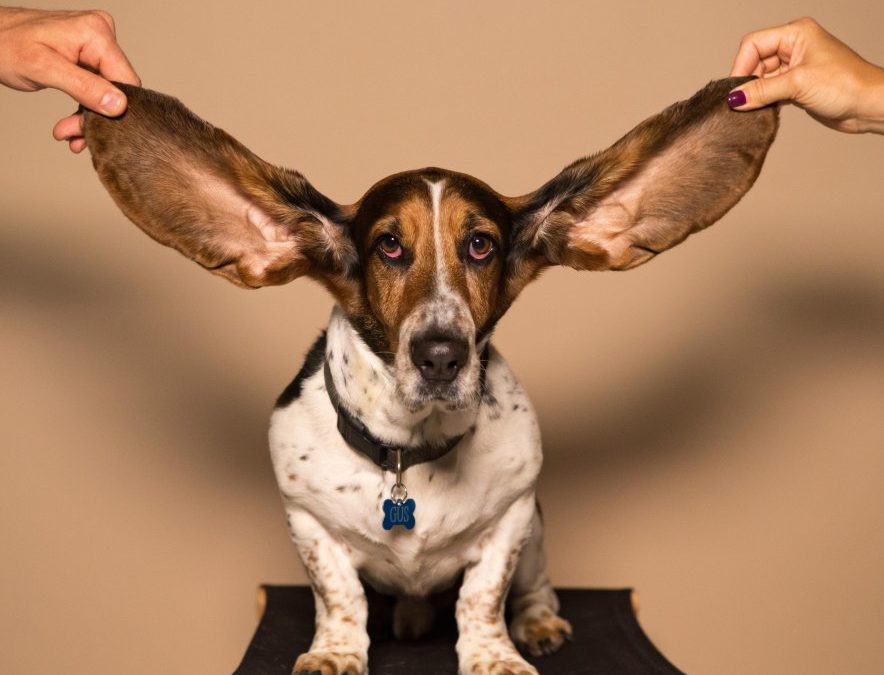Practice at home, rehearse together…
Andrae Ambrose
Over the years of teaching worship teams, choirs, and musicians, and having spent countless hours in rehearsals, I came up with a genius “hack” to save myself time and rigor in rehearsals. I figured if the music personnel have the songs in advance, they could learn their parts at their leisure and come to rehearsal ready. I know… I know…. “Andrae for President”. (lol) When I implemented this strategy I had high expectations. I mean, what could go wrong? If everyone learns their part, rehearsals will be smooth sailing. Well, pretty soon I would come to understand that everyone doesn’t know how to learn a song efficiently. It dawned on me that the crew I was working with was always given their parts and never had to learn a song on their own.
You may be one who isn’t confident in learning songs by ear. Maybe you can learn by ear, but when you sit down to play the song on your instrument, you’re lost and don’t seem to retain it. This blog is for you. Here are 4 tips to learn a new song by ear methodically:
Listen
Yes. Listen. As simple as this may sound, many people don’t truly listen to the song they’re learning. Most try to sing or play the song while learning the song and in the process they are missing so many details. Whenever I have a new song to learn, I listen to it 2-3 times (depending on the complexity of the song). My first time listening to the song is for enjoyment. I’m just listening to how the song flows, the performance of the artist and musicians, and mentally take notes if something jumps out at me. I recommend that you listen before performing.
Lock Down the Song Structure
My 2nd or 3rd listen is for information. I really pay attention to the song structure and look for patterns. How many times is the chorus performed? Is there a special bridge? How many verses are there? How many times do they repeat the vamp? I pay attention to these types of details so when I’m about to actually practice the song on my instrument, I’m well acquainted with the flow of the song.
Learn Your Part
Now that I really know how the song goes, I sit with my instrument and learn the part. It’s important that you practice with the reference track and listen to see if what you’re playing or singing is in sync with the reference track. On parts that you can’t get, just rewind and keep listening to see if you can nail the part. The more you practice, the better you will become. If you are a singer, I would encourage you to at least learn the lyrics to the song so the part comes easier during a rehearsal.
Play the Song without the reference.
You know you have the song down when you can play it without using the reference track. I have met so many musicians who have incredible ears and can actually learn the song without being at their instrument. The only issue is that they haven’t played the song without the reference track, so when they have to perform the song, they don’t remember how it goes. Sometimes when playing along with the reference track, you get accustomed to certain bass licks, drum chop, or keyboard hit and it cues you to go to the next section. When you are playing the song “naked” (with no other instrumentation), you are forced to remember how the song goes without any other cues. If you do this successfully, you have actually learned the song.
My philosophy to music teams is that we should practice at home, but rehearse together. Nothing kills the momentum of a rehearsal more than giving individual parts out to sections, or musicians who can’t nail the chop because they didn’t practice at home. When you practice the song at home and come ready to rehearse, the group can focus on their performance together rather than individual parts. I hope these tips help you learn songs more efficiently and empower your music journey!


Recent Comments